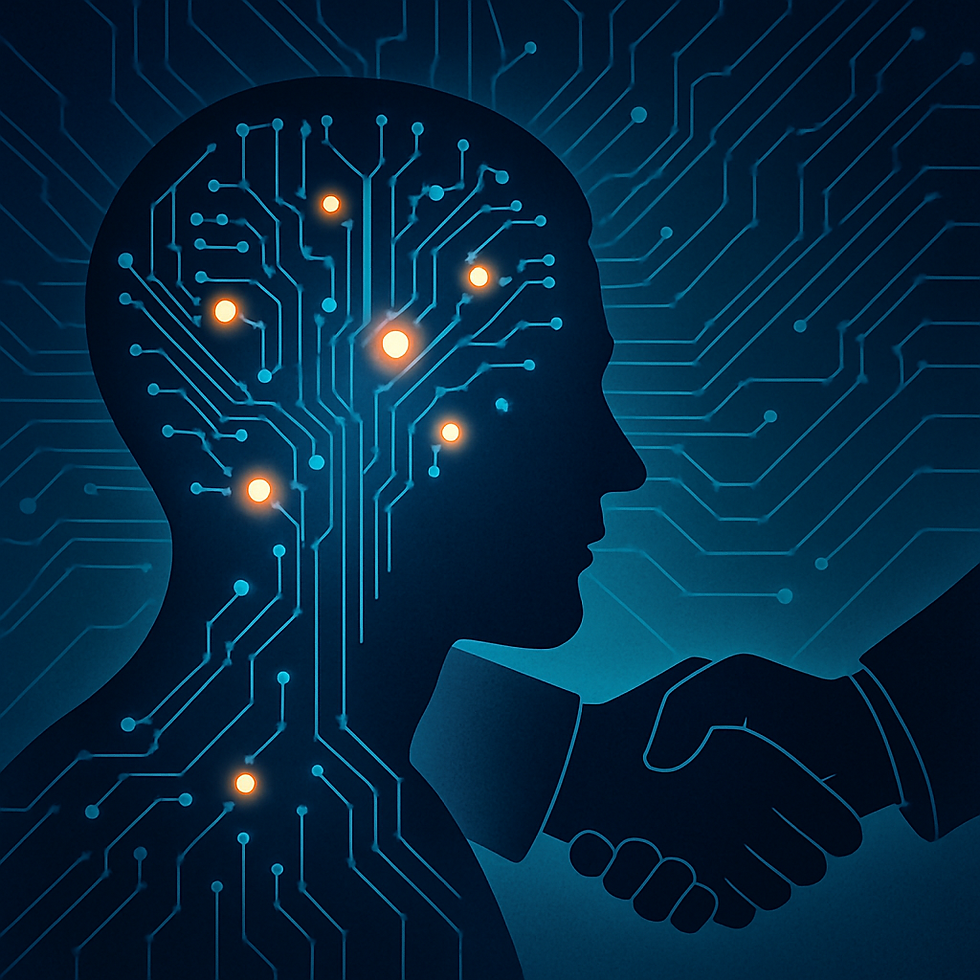Understanding the DISC Model: A Personal Journey
- lina

- Aug 10, 2023
- 2 min read
Updated: Aug 16, 2023
During one of my recent mentoring sessions, a familiar concept reemerged, prompting reflection, growth, and a renewed understanding of leadership dynamics. That concept was the DISC model, a psychological tool designed to explore our behavioral tendencies and interpersonal interactions.
Though I've encountered the DISC model multiple times throughout my career, this session illuminated it in a new light. Perhaps it was the context, the timing, or the specific challenges I was facing, but I found myself looking at the model not just as a management tool but as a lens into my own leadership style.

Understanding DISC
DISC categorizes our behavioral patterns into four primary styles: Dominance (D), Influence (I), Steadiness (S), and Conscientiousness (C). Each represents a unique set of characteristics and communication preferences.
I've always found myself aligning closely with the Steadiness (S) type. S-types are known for their patience, empathy, and tendency to seek harmony. Yet this particular session drove me to examine this aspect of myself not as a standalone trait but in relation to others, especially those whose styles clash with my own.
Clashing Styles: S and C
I began to reflect on recurring conflicts with a colleague, a very dominant C-style leader. The characteristics of a C-type—discipline, precision, demanding nature—often clashed with my more collaborative and empathetic approach. Through this lens, our differences were not weaknesses but manifestations of our unique strengths.
By understanding our respective DISC profiles, we were able to recognize these differences as opportunities rather than obstacles. We began to see ways in which our contrasting styles could complement rather than conflict with each other.
Transforming Relationships
What struck me most was the model's ability to translate something as complex and multifaceted as human interaction into actionable insights. While I'm often skeptical of models that attempt to 'box' us into categories (after all, human beings are far more complex), I found value in this approach.
With my mentor's guidance, I began to craft strategies to bridge the gap between our styles, focusing on communication, understanding, and collaboration. The model allowed me to step out of my comfort zone, recognizing areas for growth and ways to enhance my relationships with others.
Conclusion
While I still harbor some reservations about reducing personalities to specific categories, my experience with the DISC model has shown that, when approached thoughtfully, it can be a powerful tool for personal and professional growth.
It's not about labeling ourselves or others but about understanding our innate preferences and learning how to leverage them to build stronger connections, foster collaboration, and lead more effectively.
Have you explored the DISC model in your leadership journey? I'd love to hear your insights and experiences.


